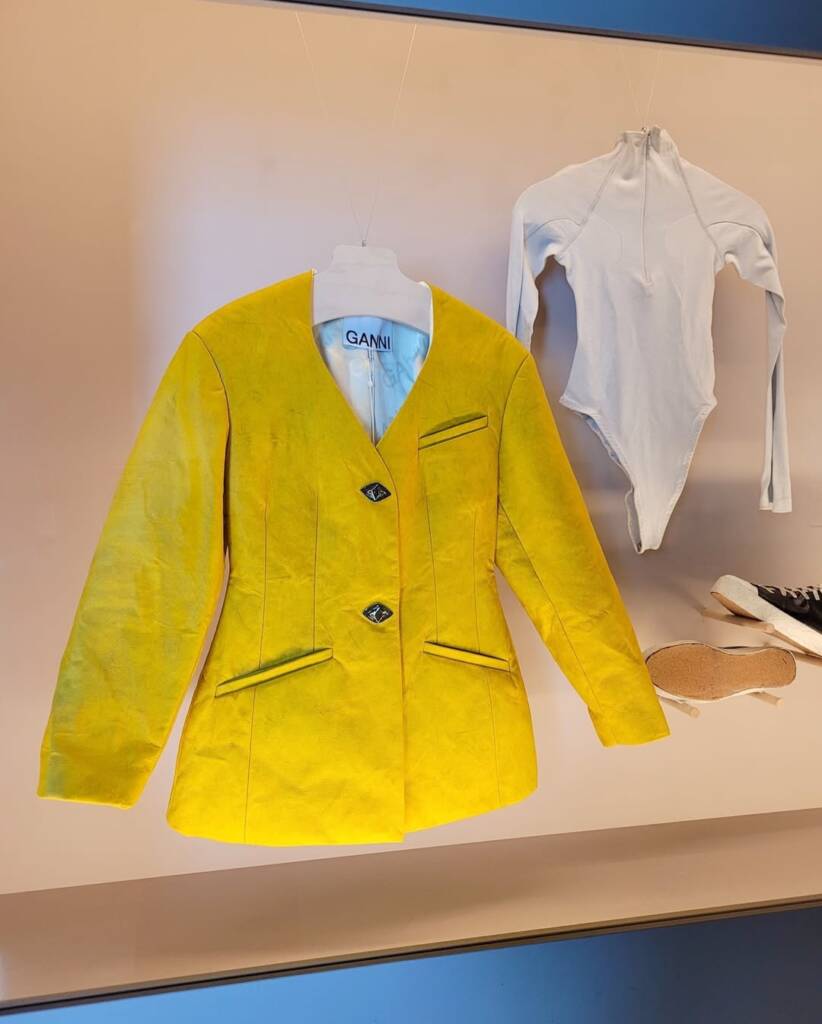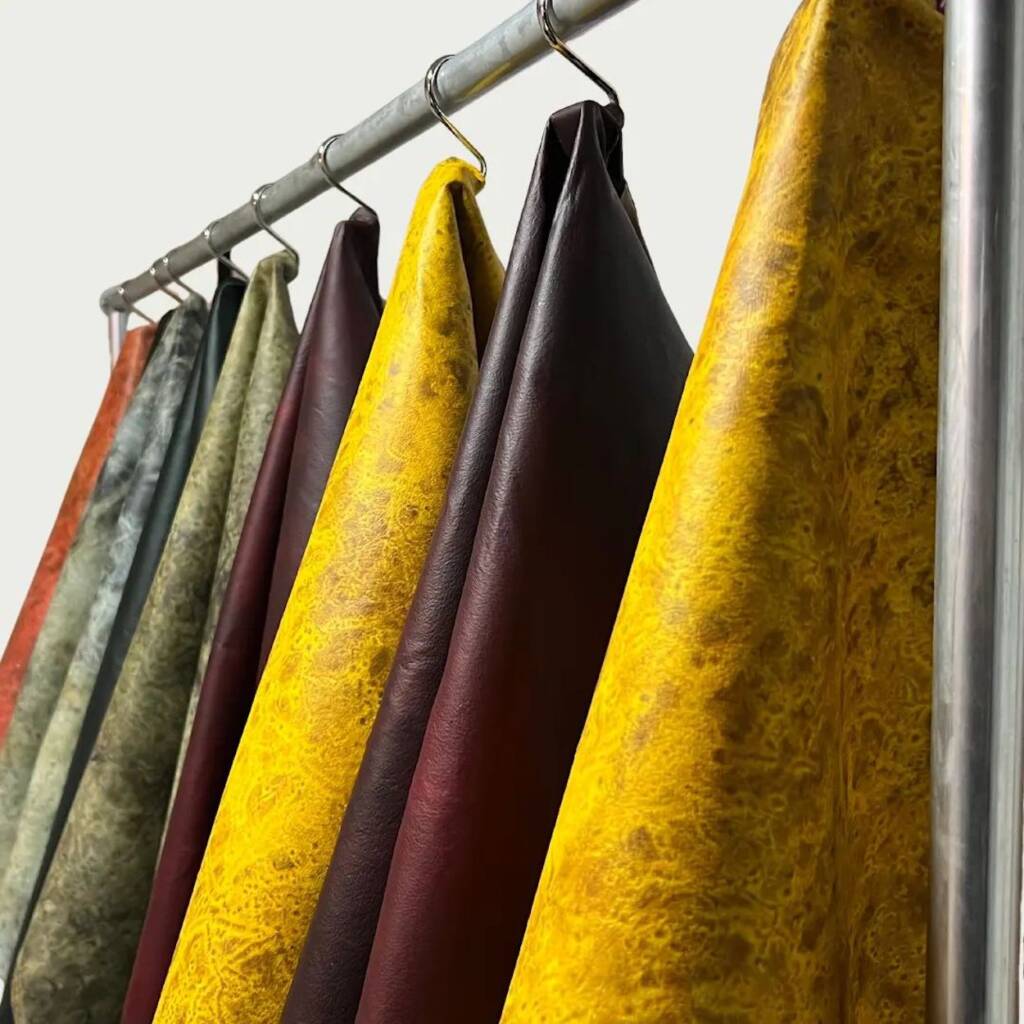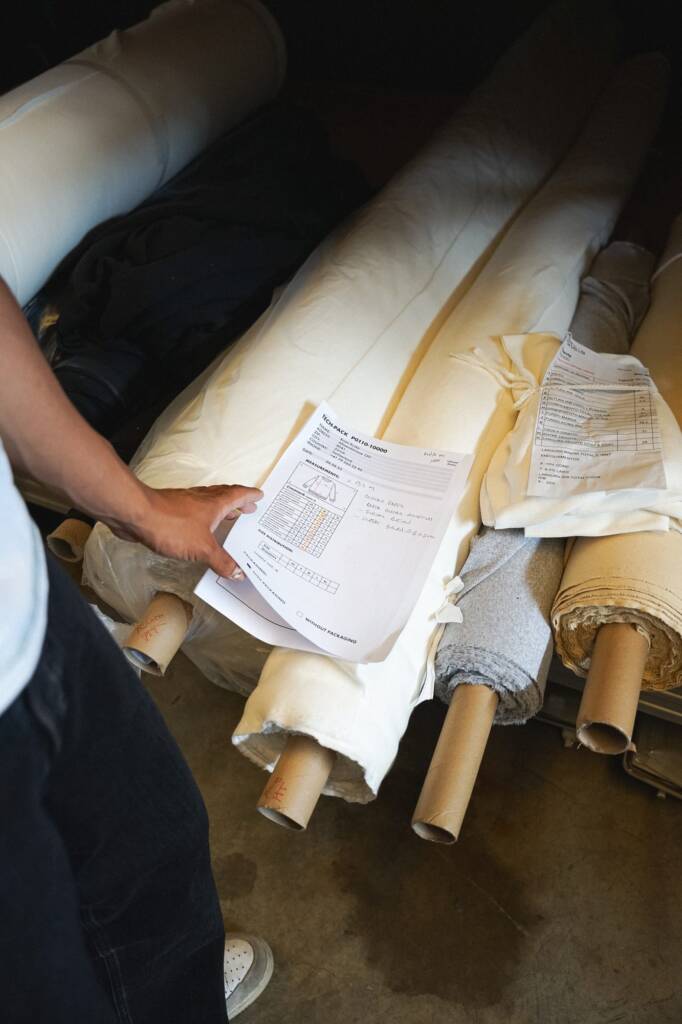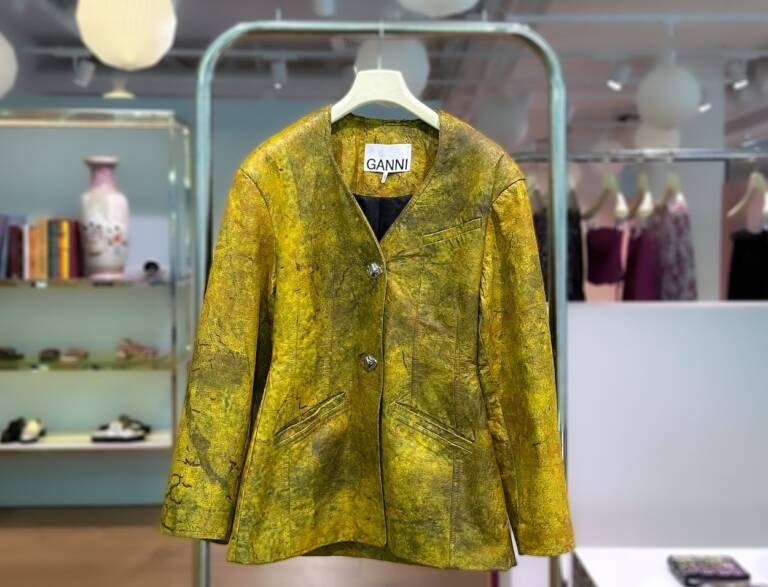The fashion industry is undergoing a significant transformation. Consumers are now prioritizing the environment. Eco-conscious fashion has evolved from a niche trend to a growing movement. It influences both consumer behavior and fashion brands.

As awareness about fast fashion’s environmental impact grows, consumers seek out sustainable brands. This shift is driving innovation. Designers are now incorporating recycled materials, reducing waste, and creating stylish, eco-friendly clothing.
Key takeaways
- Eco-conscious fashion is becoming a significant trend.
- Consumers are driving the demand for sustainable fashion.
- Fashion brands are adopting environmentally friendly practices.
- Sustainable style is influencing consumer behavior.
- The industry is witnessing a shift towards innovative, eco-friendly designs.
Why Sustainable Fashion Is Revolutionizing the Industry
As consumers grow more environmentally aware, sustainable fashion is transforming the industry. The traditional fashion world has faced criticism for its environmental and social harm. Sustainable fashion is rewriting this narrative.
The environmental impact of fast fashion
Fast fashion’s environmental damage is immense, with huge amounts of waste and pollution. The quick production and distribution of cheap clothes lead to a significant carbon footprint, fueling climate change. The environmental damage worsens with the use of non-biodegradable materials and unsustainable practices.


Courtesy of POLYBION
Benefits of sustainable fashion for consumers and planet
Sustainable fashion offers numerous benefits, benefiting both consumers and the environment. Sustainable clothing tends to last longer, reducing the need for frequent purchases and waste. It also promotes healthier environments by cutting down pollution and conserving resources. By opting for sustainable fashion, consumers help make the industry more eco-friendly.
Explore what is sustainable fashion through Lauren Worthington’s vision, as the Illuah founder shares how she fuses natural materials, artisan techniques, and a slow-fashion ethos in our conversation.
Sustainability in Fashion Industry: Current Trends and Innovations
The fashion industry is undergoing a significant transformation towards sustainability. This shift is fueled by growing consumer demand, technological progress, and the industry’s aim to lessen its environmental impact.
Eco-friendly materials transforming fashion
The adoption of eco-friendly materials is on the rise. Organic cotton, recycled polyester, and plant-based textiles are gaining popularity. These materials help reduce the environmental harm caused by clothing production. They do this by cutting down on harmful chemicals and saving water.


Ethical production practices gaining momentum
Ethical production methods are becoming more prevalent in the fashion world. Brands are now focusing on fair labor practices, waste reduction, and recycling initiatives. This change not only benefits the environment but also enhances the working conditions of garment workers.
How sustainable fashion helps the environment
Sustainable fashion plays a crucial role in environmental conservation. It cuts down on carbon emissions by utilizing renewable energy, conserves resources through efficient production, and minimizes waste through recycling and upcycling. By opting for sustainable fashion, consumers can greatly reduce their environmental impact.
As the fashion industry continues to evolve, the emphasis on sustainability is expected to intensify. By embracing eco-friendly materials and ethical production, the industry can have a profound positive effect on the environment.
Join us as Nicolas Schierle unpacks how technology can dismantle old hierarchies, open high-end factories to emerging voices, and build a slower, smarter fashion industry—and shares what he believes sustainable fashion is.
Conclusion: Embracing Sustainable Style in Your Everyday Life
Sustainable fashion is transforming the industry, significantly reducing environmental harm from clothing production. It promotes eco-friendly practices, leading to numerous benefits. These include minimizing waste, conserving resources, and ensuring fair labor conditions.
By adopting sustainable style, individuals can positively impact the planet while maintaining fashion sense. Start by choosing brands that focus on eco-friendly materials and ethical production. Additionally, buying second-hand, swapping clothes with friends, or extending garment life through proper care are all impactful actions.
Every small action contributes to significant positive change. Integrating sustainable fashion into your daily routine reduces your environmental footprint. It also encourages a more responsible and conscious approach to fashion consumption. The advantages of sustainable fashion are undeniable, and it’s time for us to embrace this change.
Don’t miss our dialogue with Sky High Farm Universe’s Daphne Seybold, who challenges conventional answers to what is sustainable fashion by connecting it with agriculture, equity, and cultural storytelling.
FAQ
What is sustainable fashion, and why is it important?
Sustainable fashion involves clothing and accessories made with minimal environmental harm. It aims to conserve resources and ensure fair labor practices. The fashion industry’s massive pollution makes sustainable fashion crucial for reducing its impact.
How does sustainable fashion help the environment?
Sustainable fashion cuts down on carbon emissions and water use, reducing waste. It uses eco-friendly materials like organic cotton and recycled polyester. Sustainable production methods, such as less packaging and renewable energy, also benefit the environment.
What are the benefits of sustainable fashion for consumers?
Sustainable fashion offers high-quality, durable clothing made with better materials and craftsmanship. It encourages a more mindful approach to fashion, helping consumers develop a personal style that’s both stylish and eco-friendly.
How can I incorporate sustainable fashion into my wardrobe?
Begin by investing in timeless, high-quality pieces. Consider second-hand shopping, renting, or choosing brands that focus on sustainability. Repairing, repurposing, or upcycling old clothes can also extend their life.
Are sustainable fashion brands more expensive?
Some sustainable fashion brands may have higher prices due to quality materials and production. However, many affordable options exist. Sustainable fashion can be cost-effective over time, as it’s designed to last longer.

